Go To The County Fair!
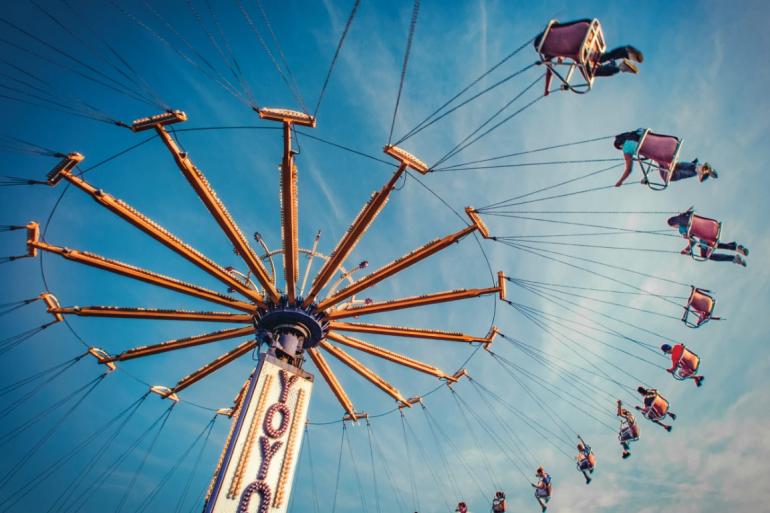
Photo by Todd Klassy
In an age when smartphones, video games, and virtual reality are all the rage, the county fair is a bit of anachronism. While other events, such as pageants, community picnics, and the circus have all but disappeared, the county fair is still a popular destination for many every summer. This is especially true if you were a country kid. The carnival rides, food, exhibits and games at the county fair were something you looked forward to every year. In the winter, you longed for Christmas. In the summer, you yearned for the county fair.
Ripe with nostalgia, the memories of past county fairs overlap multiple generations. The things we do at the county fair today are almost exactly as our parents did…and almost exactly as their parents also did before them. The annual event is the hallmark of summer in the country. And I dare say, it is still relevant today.
The tradition of the county fair goes back all the way to the 1800s, when rural communities held the first fairs to demonstrate the latest and greatest agriculture technology. It was also a time to showcase your livestock, or your crops, or your woodworking project, or your pie, and have them judged so you could see how they fared against your friends and neighbors. The goal? The coveted blue ribbon, which often came with a small (very small) financial reward. The red and white ribbons were reminders that you needed to work just a little harder next year.
Early on, adults usually entered the fair to have their agriculture, handiwork, and food judged. Somewhere along the way, though, adults bowed out of competition and turned it over to boys and girls, generally between nine and 18 years of age. They were almost always members of a local 4-H club or Future Farmers of America (FFA) chapter.

Photo by Todd Klassy
The first county fairs in America are more than 200 years old. Today there are still thousands of county and state fairs across the country. Helena hosted Montana’s first territorial fair in 1869, and soon other counties followed by holding their own fairs. The Western County Fair in Missoula started in 1879 before disappearing for a spell when the fairgrounds were sold. Gallatin County built its first fairgrounds in Bozeman in 1903. The Rosebud County Fair in Forsyth began in 1906, and today it includes Treasure County, too. These agriculturally inclined youths were almost always members of a local 4-H club or Future Farmers of America chapter, which is now known as the National FFA Organization.
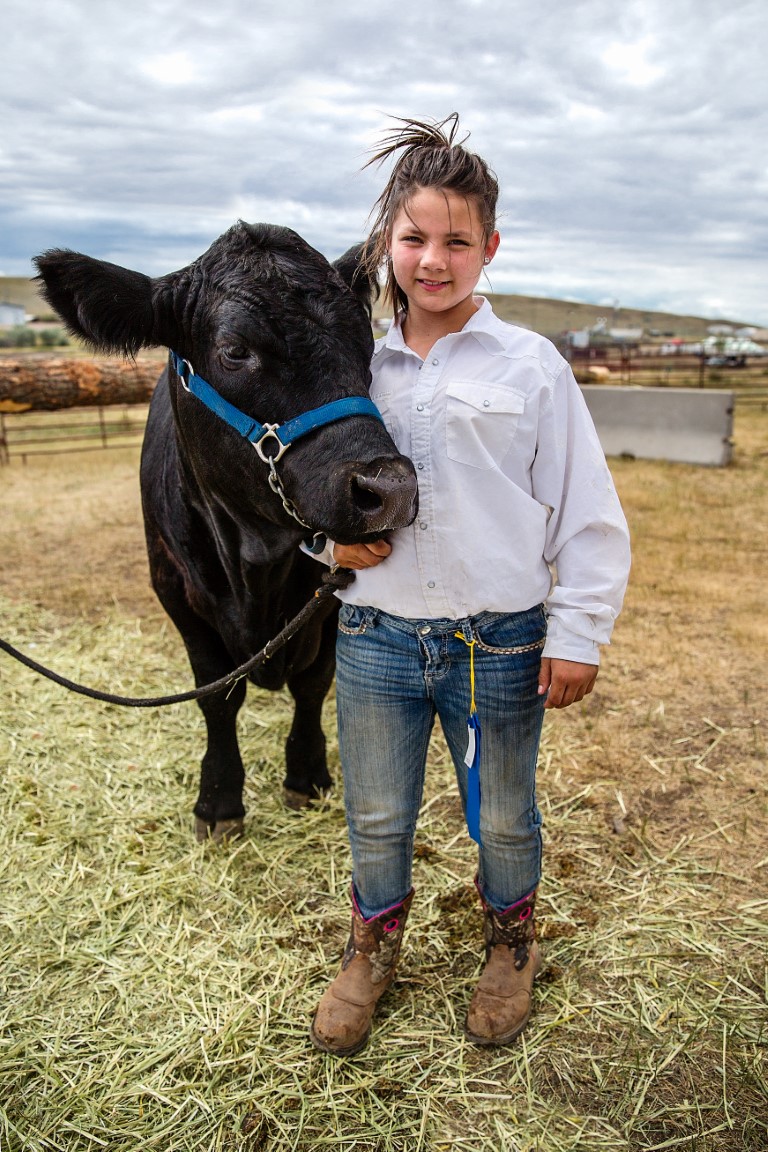
Perhaps the biggest event that caps days of judging is the livestock auction. This is when boys and girls sell their cattle and other livestock to local businesses, organizations, and individuals who bid generous sums of money to reward the youngsters for their hard work. Of course, the blue-ribbon animals fetch the most. Watching people bid against each other can be exciting, but it is also a poignant moment for the animal’s owner. You see their pride well up inside as the bidding goes higher, but the moment their animal is sold there is the realization that this is the last time they will see the animal they bonded with for so long. While spectators feel their sorrow, they also know he or she will make a good rancher someday.
Commercial booths and tents are often located between the exhibit barns and the carnival rides. When you are young this is the least enjoyable part of the county fair, because the longer your parents spend here, the longer it takes you to reach Narnia. Local businesses selling water softeners, hot tubs, hydraulic firewood splitters, lawnmowers, and home cleaning solutions are all on display. While there is something here for everyone, the many contests and free company swag here are the real attraction. Every single county fair aficionado has a junk drawer at home filled with pens, rulers, coin purses, and key chains with the logos of local businesses from county fairs past. If you were a country kid who went to the fair, your parents never bought you a yellow Ticonderoga No. 2 pencil. Your pencils came blazoned with the names of tractor dealers, farm cooperatives, and insurance companies. And your wardrobe usually included something you won in a drawing from a seed or feed company at the fair.
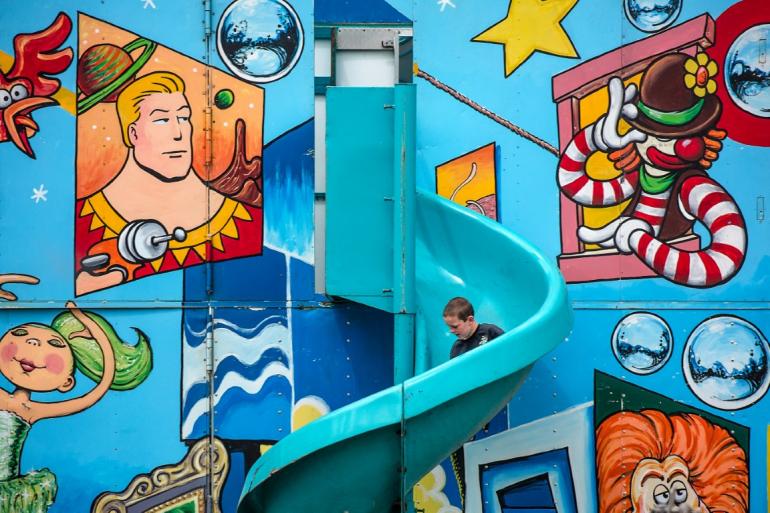
Photo by Todd Klassy
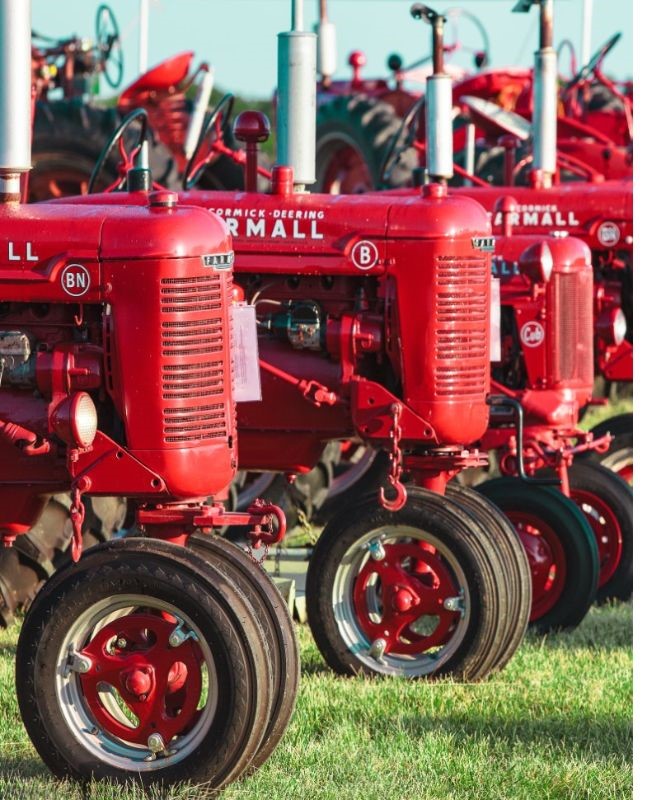
When your dad finally gets done discussing solar technology with the local dealer, you arrive at the carnival midway, the pantheon of fun. This is usually when your father reaches into his pocket, pulls out his bulging wallet, hands every kid a crisp ten-dollar bill, and issues a warning. “Don’t spend it all in one place, kid.” Three Tilt-A-Whirl rides, two snow cones, one attempt to knock over milk bottles with a softball, and an hour or two later, though, you are broke. And it is at that moment when the county fair teaches every child his or her first lesson in money management.
Though most of Montana’s county fairs all have some things in common, every fair has at least one event more popular or unique than all the rest. The Chouteau County Fair in Fort Benton, for example, holds a pig wrestling contest. The Northwest Montana Fair in Kalispell has an arm wrestling and rooster crowing contest. Unfortunately, however, those events are not held at the same time. The Broadwater County Fair in Townsend features cow pie bingo. The Lincoln County Fair in Eureka has an annual karaoke contest. The Marias Fair in Shelby hosts a popular truck and tractor pull. The Central Montana Fair in Lewistown features a BGM race, where amateur drivers race around a track filled with treacherous bumps and jumps. The Blaine County Fair in Chinook boasts a demolition derby that’s a well-known summer tradition on the Montana Hi-Line.
Almost every county fair has a rodeo, beer tent, and musical entertainment. And when you live many hours from the nearest concert venue, county fair musical performances are popular. But don’t kid yourself; even the most remote county fairs in Montana host well-known musical acts. The Richland County Fair in Sidney, for example, almost always has great music. In the past they have featured Vince Gill, Clay Walker, LeAnn Rimes, Charley Pride and so many others. This year’s marquee acts there include Chase Rice and Casey Donahew.
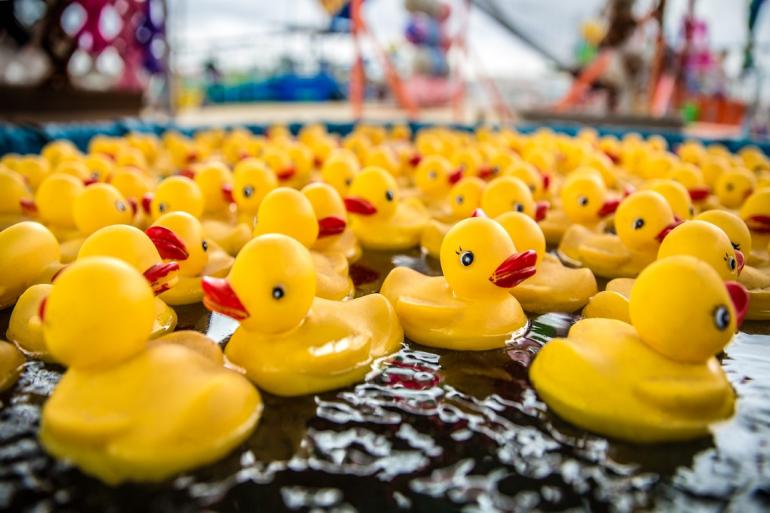
Photo by Todd Klassy
Yes, the Montana county fair has something for everyone, both young and old. However, some attractions appeal more to a younger demographic. Or the youngster in all of us. Carnival rides and games are chief among them. Even if you do not step onto the fair rides, they still offer a feast for the senses.
Some of the rides seem sketchy, to be sure, but they are not as nearly as death-defying as the carnival barkers might have you believe. Rides with names like Gravitron, Yo-Yo, Zipper and Sizzler whip you around like a load of clothes in the barrel of an out-of-balance washing machine. But if this is the most dangerous thing you do all summer, the risk is well worth it.
Flashier rides garner the most attention, but no county fair is complete without a Ferris Wheel: the signature ride at the fair. Like the miniature bride and groom on top of a wedding cake, or the decorated tree on Christmas day, the Ferris Wheel is the centerpiece of the carnival, and it is often the first thing one sees when approaching the fairgrounds. For many in Montana’s far-flung counties, it is the highest above ground some will ever be in their hometown or county. And for what it lacks in thrills, its leisurely spin and bird’s-eye view is the perfect place to be just after the sun goes down; when the shadows have not completely consumed the landscape around you and when the carnival lights seem their brightest, and your significant other is in tow. Yes, the county fair is a great place for date night.
Don’t forget about the food, either. Lucky for your waistline, most of these delicacies you only see once a year at the fair—and the air is always filled with a smorgasbord of smells. Kettle corn, cotton candy, funnel cakes, fry bread tacos, sweet corn, freshly squeezed lemonade and many different foods that, for some reason, taste best when they are served on a stick. They all tantalize your senses.
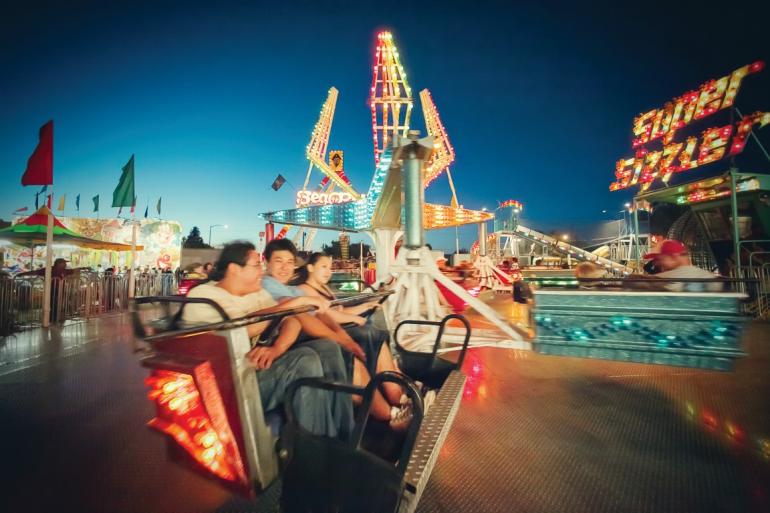
Photo by Todd Klassy
Arguably the most popular food at the Western Montana Fair in Missoula is something called the Tater Pig. This regional favorite is a sausage stuffed inside a baked potato, which is then topped with cream cheese and bacon. The Great Northern Fair in Havre is famous for its Pronto Pups. To the unfamiliar eye, they might look like regular corn dogs, however they are anything but regular. They are 100% homemade by the Havre Lions Club, and instead of just any ordinary hot dog it is made with a neon red Rocky Mountain hot dog. Known for their distinctive flavor, these unique dogs were once made in Havre. For many on the Hi-Line, the Pronto Pup is the signature flavor of your youth, and it is something that should be on the bucket list of every Montanan.
For many of us, it’s been a few years since we were last at the county fair, in part because of the pandemic. This year I think I will go to the county fair again.
The last time I was at the fair, I remember walking through the livestock barn as I was leaving. The day was almost over, and the summer sun had already disappeared over the horizon. Large fans cooled the animals, most of whom lay silently in fresh, clean beds of wheat straw. Sitting with her back against one black Angus steer was a young girl, barely 10 years old, and many times smaller than the large animal she sat against like it was a big pillow. With her King Ropes trucker hat pulled over her brow hiding her eyes and sock-less feet inside cowboy boots entirely too large for her feet, she sat alone talking out loud to no one. Except that steer. And her steer seemed happy, chewing its cud, as the girl told him a story, fiddling with a blade of grass in her hands.
Maybe if we all had a black Angus friend to chat with, and a county fair to go to every day (or at least once a year), our world would be a better place.
Go to the county fair.
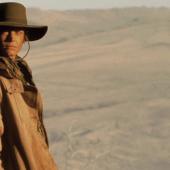
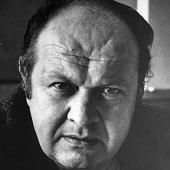
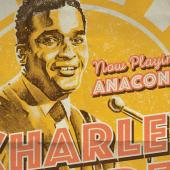
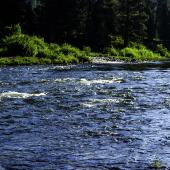
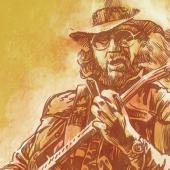
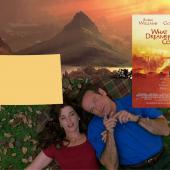
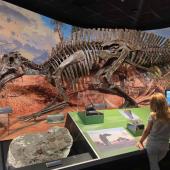
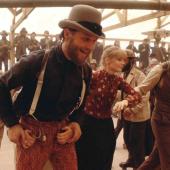
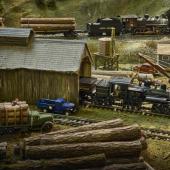
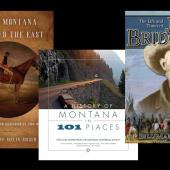
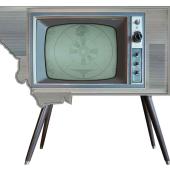

Leave a Comment Here